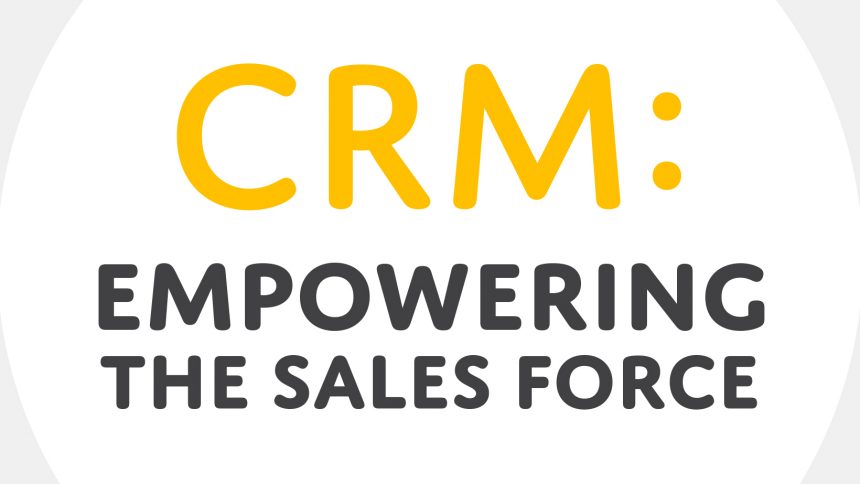Cloud computing is bringing about an entirely new business paradigm. Steel and glass buildings, oppressive cubicles, office politics, and traffic jams are being replaced with reporting to work over the web, virtual companies with staff scattered throughout the world, and individual freedom to contribute and create as never before.
What does all this mean for employers, employees and their relationship? How does it affect the knowledge worker of today? Perhaps most pertinently, how does cloud computing affect sales and sales management?
Chapter 1: Cloud Computing and the Brave New Corporate World
Throughout history, there have always been visions of the future. For example, Jules Verne showed us submarines and flying machines long before they came about. But with cloud computing and the technological advancements all around us, it doesn’t take a science fiction writer to point out how our corporate world will soon appear – for not only are we seeing examples of it right before us, we all now have the tools to bring it about.
Chapter 2: Cloud Computing and the New Employee Democracy
The new virtual office model now proliferating through the business world means that company stakeholders are all working from their own locations, “coming to work” via cloud computing.
Chapter 3: Cloud Computing and the End of Office Politics
The advent of cloud computing is bringing about a new corporate environment in which there is no office. Everyone is working remotely from their own locations and the physical building is a thing of the past. In addition to many other benefits, this scenario spells the end of office politics.
Chapter 4: Cloud Computing Business Environment: The Three “Cs”
Cloud computing is bringing about a whole new business paradigm. Such an environment could never happen without adequate supporting technology. If we take a broad overall look, this technology can be broken down into three “Cs”: Communication, Collaboration and CRM (Customer Relationship Management).
Chapter 5: Cloud Computing and the New Employer-Employee Relationship
Thanks to the innovations of cloud computing, the whole morbid office system is being completely challenged and is disappearing. The “drudge workers” of yesterday are today becoming free, able to live their lives without being imprisoned in offices and – most importantly – becoming truly active participants in their employers’ success.
Chapter 6: The New World Sales Force
For the sales force, the revolutionary new cloud computing business model has a particular significance, requires vital tools and engenders some new methods of operation.
Chapter 7: Cloud Computing: Impact on Sales Management
Thanks to cloud computing, it’s a new virtual business world. This new model has a profound impact on everyone involved. It has a particular significance for sales management.
Chapter 8: Could Computing Corporate Culture: Are You Alone?
Science fiction long ago predicted that a totally automated age would bring about a complete departure of the human element. Are these dire visions coming to pass – or is it merely a matter of adjusting what we do within the new paradigm?








